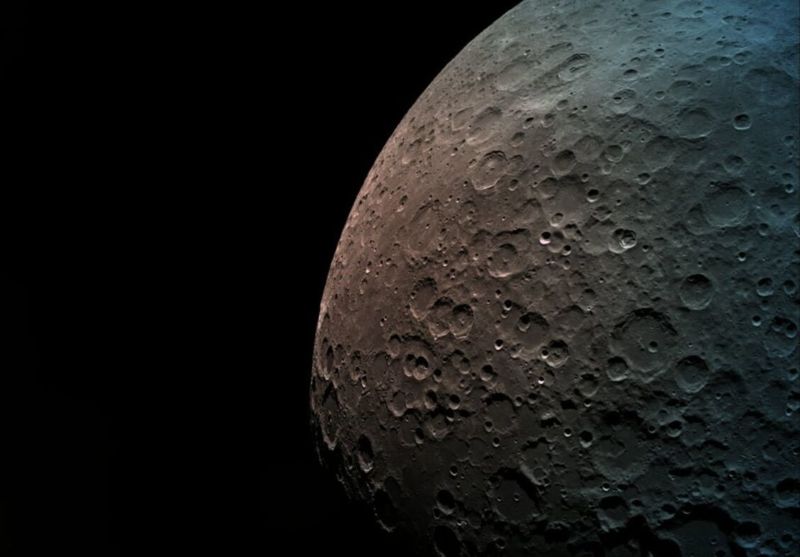
Thursday 3:35pm ET Update: The Moon remains a harsh mistress.
On Thursday, SpaceIL's lunar lander attempted to make a soft landing on the surface of the Moon, but it apparently crashed instead into the gray world. Although a postmortem analysis has not yet been completed, telemetry from the spacecraft indicated a failure of the spacecraft's main engine about 10km above the Moon. Thereafter, it appears to have struck the Moon at a velocity of around 130 meters per second.
“We have had a failure in the spacecraft," Opher Doron, general manager of the space division at Israel Aerospace Industries, which built the lander, said during the landing webcast. "We have unfortunately not managed to land successfully.” Israeli engineers vowed to try again.
The failure to land is perhaps understandable—it is extremely hard to land on the Moon, Mars, or any other object in the Solar System. In this case, the private effort to build the lunar lander worked on a shoestring budget of around $100 million to build their spacecraft, which had performed admirably right up until the last few minutes before its planned touchdown.
Original post: It has been 48 days since the Beresheet spacecraft launched on a Falcon 9 rocket and began a spiraling series of orbits to raise itself toward the Moon. Last week, the 180kg vehicle fired its engines to enter into lunar orbit, and now the time has come for it to attempt a soft landing on the Moon.
No private company has ever achieved what SpaceIL, a private group organized in Israel to win the now defunct Google Lunar XPrize, is attempting. At 3:05pm EDT Thursday (19:05 UTC), the Beresheet vehicle will begin the landing process that will set it down at Mare Serenitatis (the "Sea of Serenity"), about 30 degrees north of the lunar equator. The actual landing should come about 20 minutes later.
It will be quite a moment both for the country of Israel—until now, only the US, Russian, and Chinese space agencies have ever successfully landed on the Moon—as well as for a nascent commercial space effort that seeks to develop a base of economic activity on the Moon. The webcast below should go live about 40 minutes before the landing attempt begins.
For SpaceIL, the big goal with Beresheet is simply to survive the descent and make a soft landing on the Moon. To safely touch down, Beresheet's on-board engines must arrest the vehicle's lateral speed from about 6,000km/hour (with respect to the Moon) to zero. This will be done autonomously, and the spacecraft will use sensors to determine its location and altitude in relation to the Moon’s surface.
On the surface, the Beresheet vehicle will have about three days to document its surroundings before its solar panels are expected to reach a temperature of 200°C and overheat. This was one of the design compromises inherent to developing a smaller lander on a tight budget.
Thursday's landing attempt comes as NASA has asked several US companies—some of which were also competing in the Lunar XPrize—to develop the capacity for small landers to deliver science experiments to the Moon. The agency would like these commercial missions to begin flying to the Moon as soon as this year, although it is unclear whether or not that goal is actually possible. NASA also recently accelerated its plans to return humans to the Moon, hoping to do so as early as 2024.
Listing image by SpaceIL
reader comments
377